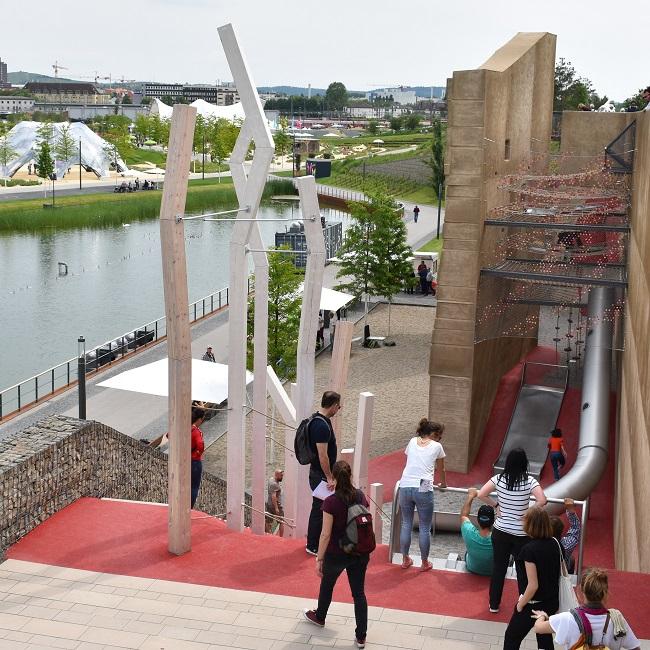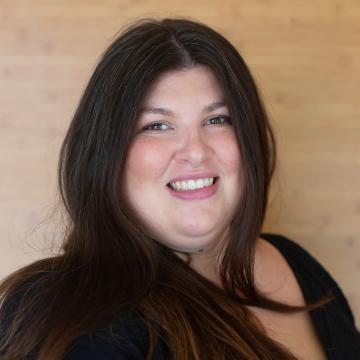
Felsenufer play and climbing area in Heilbronn, Germany

published in sb 4/2020
Winding their way between industrial plants, new residential buildings and railway lines, parks and natural habitats have been created in the heart of the town of Heilbronn in connection with the 2019 Federal Garden Show. These greened areas serve as public open spaces as well as performing ecological and technical functions. In their design, the architects at SINAI found inspiration in this “multi-coding” in sometimes very confined spaces, entirely in keeping with the principle of “form follows function”.
The river landscape in the centre of Heilbronn was long fragmented and dotted with barriers and wastelands. With the impetus from the new district of the town in the bend of the river Neckar, the scars in interior of the town have begun to heal. An important element in this process is the Hafenberg, which shields the model quarter from the industrial town’s railway line and is at the same time an area for living, play and sport.

photo: SINAI
